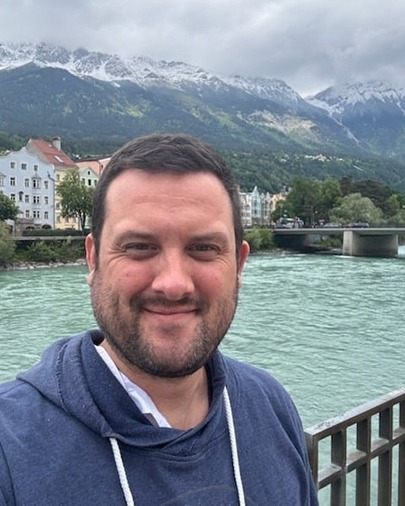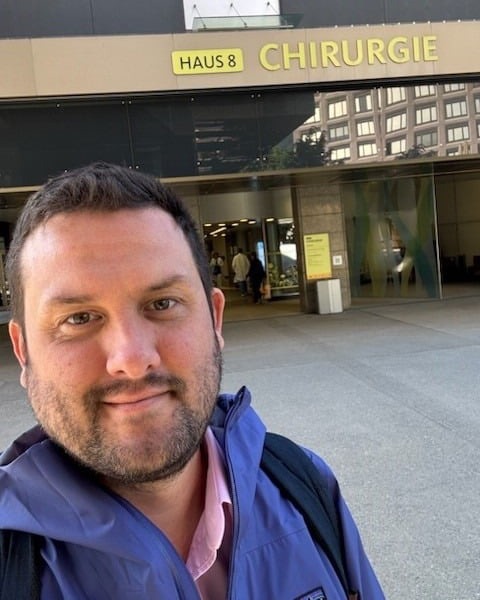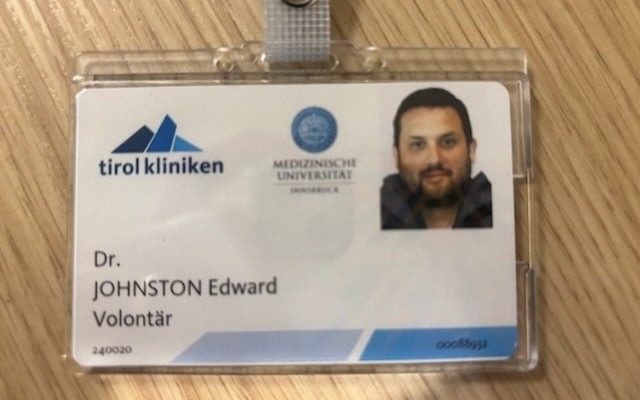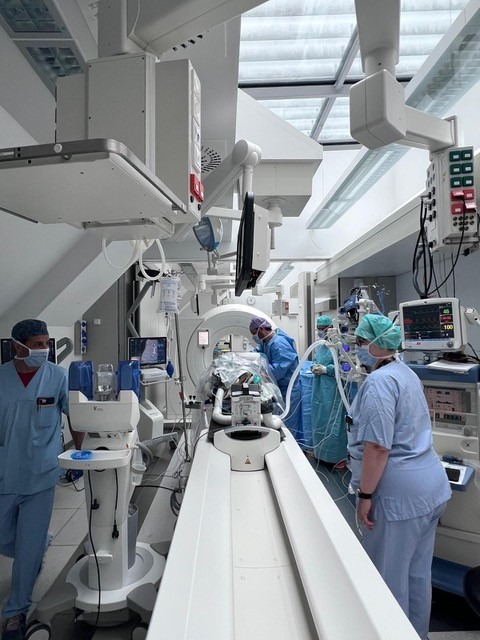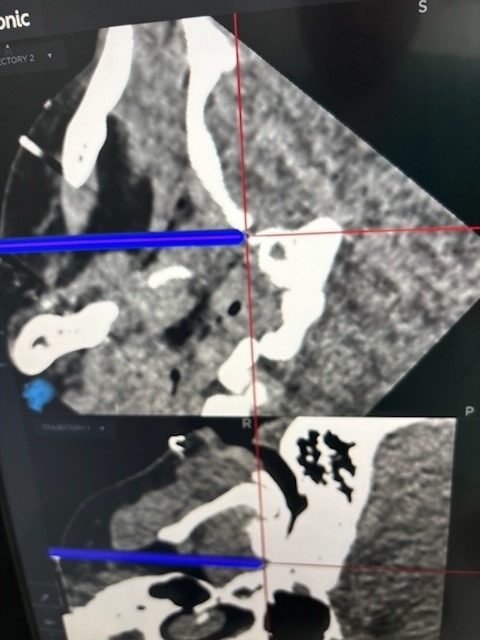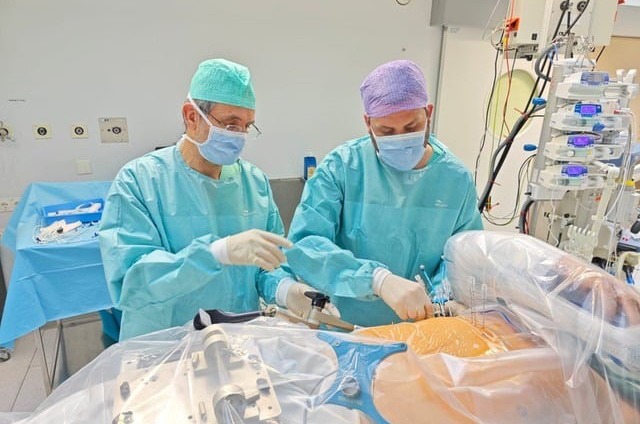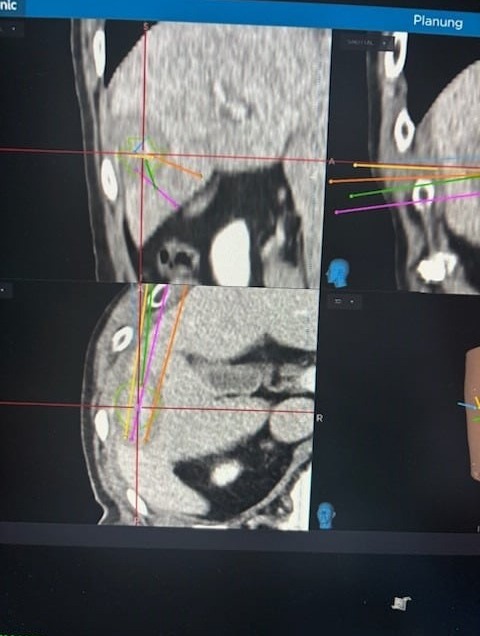It has been a privilege to complete a CIRSE Clinical Fellowship in Innsbruck under the mentorship of Professor Reto Bale. As the pioneer of stereotactic tumour ablation, Reto has created a centre that is technically innovative, academically ambitious, and grounded in the pursuit of precision. I had long admired his work, and this fellowship offered an opportunity not only to learn from him directly, but to immerse myself in a clinical culture that consistently sets the bar for high-end ablation.
I’m an Academic Consultant in Interventional Oncology at the Royal Marsden Hospital in London, where we perform over 200 ablations per year, usually with robotic guidance and often with a multi-needle approach. However, it was clear to me that what Reto and his team have built in Innsbruck goes even further — particularly in the integration of planning, execution, and philosophy.

